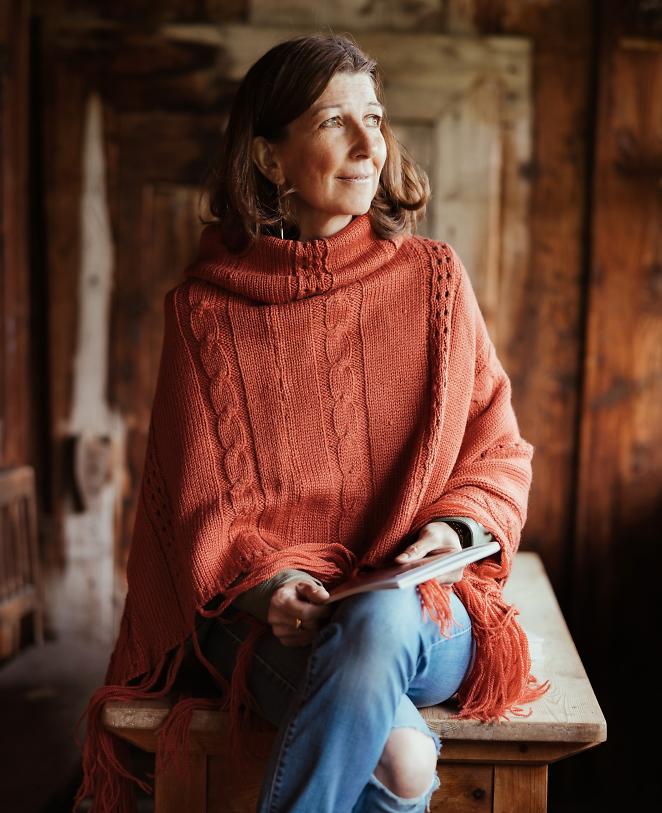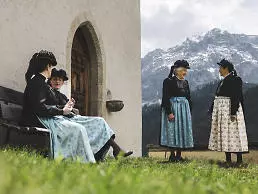- Home
- Ladin
- Ladin culture
- Traditions
The Ladin way of dressing
When religious and popular festivities draw traditional clothes out of the wardrobe, you know it’s time to celebrate.
Our ancestors' lives were poverty-stricken, characterised by unremitting work and hardship. The land produced scarce harvests, leaving grazing and hunting as the only means of nourishment and sustenance. The very few moments of recreation were tied to religious traditions and folk festivals - a blend of the sacre and profane, which fostered a strong sense of community and belonging. These occasions kept pace with the seasons and were closely linked to the cycle of life: birth and baptism, first courtings, marriage and death. By keeping up these traditions, we preserve the cultural background of the Ladin world, the source of our identity.
Far more than a costume
In Val Badia, the traditional costumes, known as “troht”, form an integral part of age-old customs and allow the local people to truly identify with their homeland. Men, women and young people wear the “guant da paur”, the Ladin peasant's dress, on Sundays and during feasts while enjoying the sound of marching bands and savouring the “crafuns da segra” - fried rye loaves. What a treat!
A feast is no feast if it isn't tasty!
Festivals and feasts, music and fun: needless to say, any opportunity is well worth taking to taste and savour traditional foods such as the dumpling-like “crafun da segra”. And since it's the girls who prepare them, there are the young men, coming forward to chat with the excuse of tasting one of these specialities. After all, the world is a village...
Cufé, the egg tapping game
Easter and eggs have been going hand in hand for a long time. Testimony to this are our peasant ancestors who created a game - the “cufé” - which granted the winner an extra supply of food that often consisted of rare commodities. The game of “cufé” involves two players and two eggs: whoever succeeds in breaking both ends of the opponent's egg wins, with the broken eggs being the prize. A game that children nowadays like to play quite a lot.
Santa Maria dal Ciüf, the Ladin feast of mid-August
According to tradition, on August 15, women and children carry a basket filled with flowers and herbs, the so-called “ciüf”, which are carefully arranged to be blessed. In addition to geraniums, currant blossoms, arnica, selphium (ciarí dai ciüf), wormwood (aussënt) and tansy (erba dal lat), each basket must include a medicinal herb to compose an M, which represents the “M” of Mary.
Gní de munt, the droving of livestock
It’s Michaelmas and the end of summer. When the livestock returns from its alpine pastures, every village puts on a feast. You can hear the cracking of whips and the sound of the cowbells resonating through the streets. The most beautiful cow wears a wreath made of ribbons, flowers and religious symbols while all cows have the most beautiful bells around their necks - “les tlunches” - symbolising the farmer’s wealth.















































